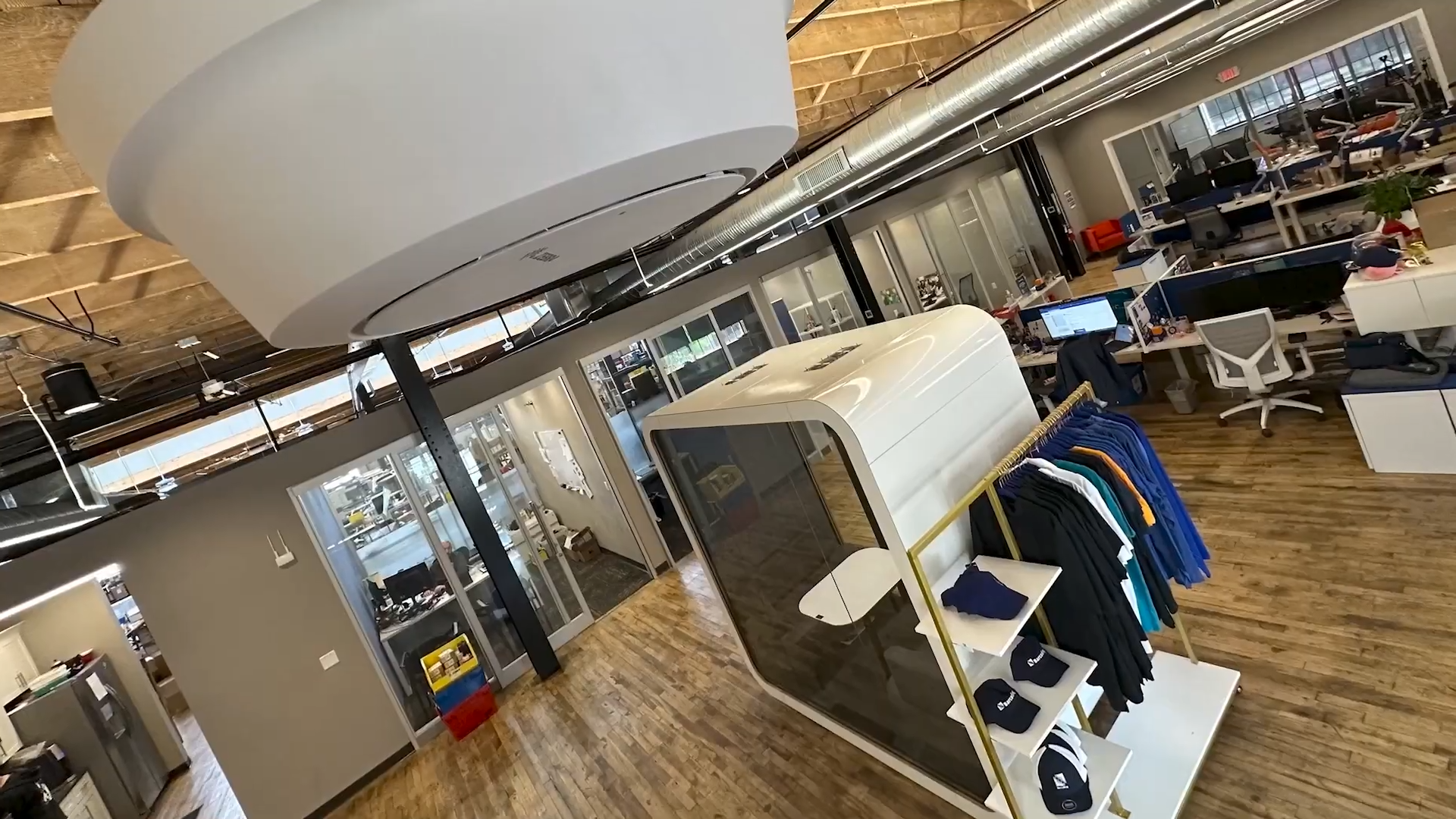Experts have long agreed that trust is at the core of a successful patient-provider relationship. In fact, a 2017 meta-analysis found that patients reported higher levels of satisfaction with their treatment and quality of life when they had higher levels of trust in their healthcare professionals.
And building trust isn’t only important for medical providers. Every employee who interacts with patients, from reception to discharge, can play a vital role in cultivating patient trust and supporting a positive patient care experience. Studies show direct correlations between patient experience and adherence to medical advice, self-reported improved health status and patient satisfaction.
Research also suggests that patients’ likelihood of recommending a provider is linked to their overall experience as a patient, and the extent to which they felt their needs were met—including their need for peace of mind. When patients didn’t see strong teamwork or feel their concerns were cared about, they were less likely to recommend a provider, even if they had a high level of confidence in the clinician.
Trust matters. It inspires cooperation and loyalty in patients. And one fast and easy way to quickly lose patient trust is to lose patients’ personal belongings.
Protecting Patient Possessions Demonstrates Care
For healthcare systems and hospitals, lost patient belongings cost much more than reimbursement claims, though a single emergency department can easily pay out thousands in lost patient property claims in a year’s time, especially if documentation processes aren’t properly followed.
At the same time, burdensome manual processes make nurses and medical staff feel more like data entry clerks. Plus, pen and clipboard or charting systems don’t make it simple and straightforward to add gifts or items brought in during a patient’s hospital stay, or to move stored items within a facility when a patient is moved to another department.
Commonly lost and misplaced items in healthcare settings include: hearing aids, glasses, jewelry, medications, dentures, prosthetics, mobile phones, tablets, assistive devices, wallets, handbags, keys, and clothing.
Lost patient belongings and valuables introduce needless stress and potential costs for patients, loved ones, and healthcare providers. While the financial implications can be hard to estimate, patients face other consequences:
- Loss of ability to complete activities of daily living
- Bureaucratic and logistical demands of replacement
- Fear of losing new or replacement items
Patients may also wear or carry small items whose value is solely sentimental. If lost, these objects can be irreplaceable, regardless of their negligible value.
Misplaced items demand even more time and attention from staff who are already operating at maximum capacity in an often stressful environment. The losses add an extra burden to workloads for providers, caregivers, and administrative staff. They can cause delays at discharge and impede efficiently rooming-in new patients.
Among non-clinical best practices, study authors recommend continued learning for all patient-facing staff, eliminating inefficiencies and needless delays, and prioritizing services that matter most to patients.
Preventing & Addressing Lost Patient Belongings
Risk management experts recommend taking a holistic view before implementing a process that impacts various departments and staff levels. Include representatives of all stakeholders affected by lost patient items to help identify vulnerabilities and to consult on solution alternatives. (At Barcoding, we refer to this philosophy as our Process - People - Technology approach, and it’s long been a guiding principle.)
A patient belongings management policy should include at least the following elements, clearly spelled out:
- Standardized definitions for belongings, valuable items, and contraband
- Disposition, retention, and storage policies for various item types
- Roles related to patient belongings: inventory, documentation, and management
- Plans for unaccompanied patients and/or patients who lack capacity
- Special concerns by department, setting, or specialty
- Methods used to communicate policies to patients before admission, at admission, on signage, and on the facility’s website
- Correct chain of custody protocol
- Description of storage and maintenance facilities and equipment, including in-room safes, lockers, etc., and storage periods for facilities
- Specific policies, protocols, and staff training focused on loss prevention for essential items like eyeglasses, dentures, hearing aids, and assistive devices
- Protocols for claims, reporting and investigation of lost or misplaced items
Educate and train hospital staff like foodservice, environmental, and nursing staff, as well as patients and loved ones to check meal trays, linens, and trash to avoid losing essential items like cell phones, eyeglasses, hearing aids, dentures, and assistive devices.
Automate Processes to Improve Care of Patient Belongings & Valuables
A system that automates tracking of patient belongings needs to do more than document and track. It needs to eliminate steps, decisions, and lost time so that employees, like nurses and nursing assistants, can focus on patient care without distractions. That means no special tools or equipment—and no additional paperwork.
A solution like IntelliTrack® Patient Belongings Tracking, or PBT, uses a mobile application that runs on staff devices to track patient property with the same item-level care taken for facility assets and inventory. It’s a simple, nonclinical intervention that can help all team members support patients’ trust in their healthcare team.
Care staff simply scans the patient’s wristband barcode and uses the intuitive app interface to differentiate between valuables and other property and provide detailed documentation and associate the correct, barcode-labeled property bags with the patient. Take photos to document item details, capture digital signatures, and easily update records and provide system documentation when a patient is discharged or moved, or when personal items are returned to patients or family members.
Because it’s automated and uses barcodes, checklists, and photographs, data collection is completed faster and with less risk of human error. Because it’s IntelliTrack, all users share the same information database—one source of truth. It’s easy to scan a patient wristband and quickly determine whether and where their personal effects are stored.
Under the best circumstances, caring for patients is often demanding and sometimes stressful. But when healthcare organizations put the right tools, technologies, and automated workflows in the hands of staff who interact most closely with patients, the job can be just a little simpler and more streamlined. Click here or below to learn more about how automation can improve your patient belongings and valuables tracking process.







